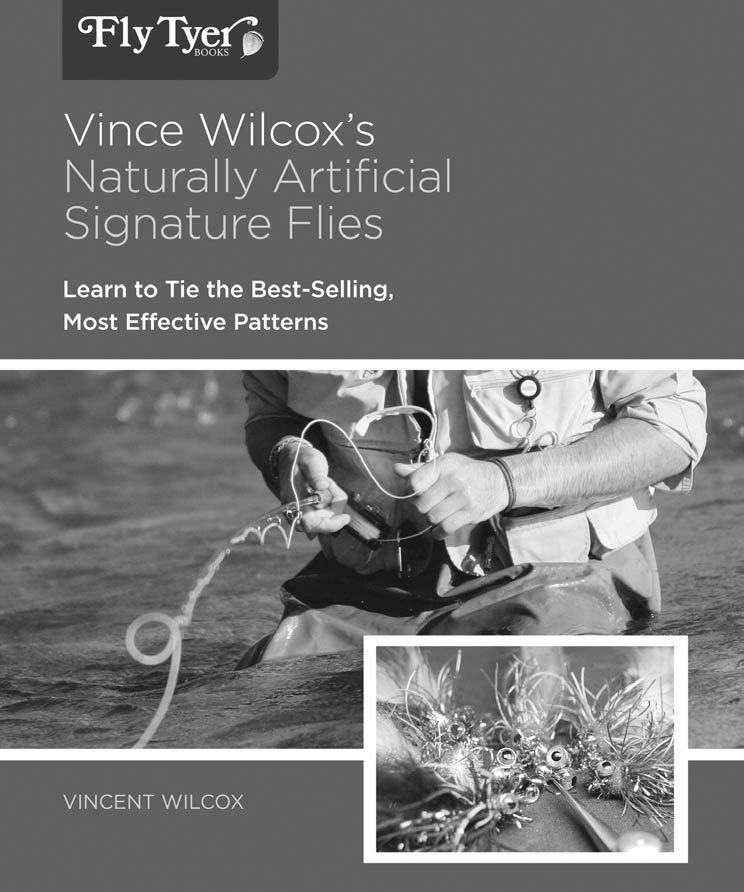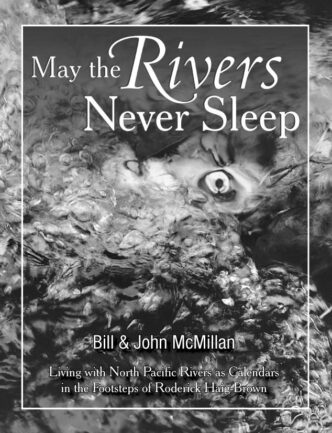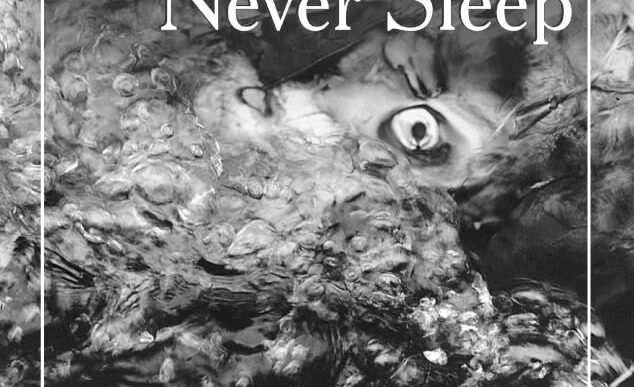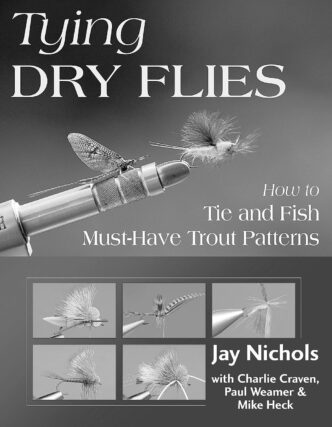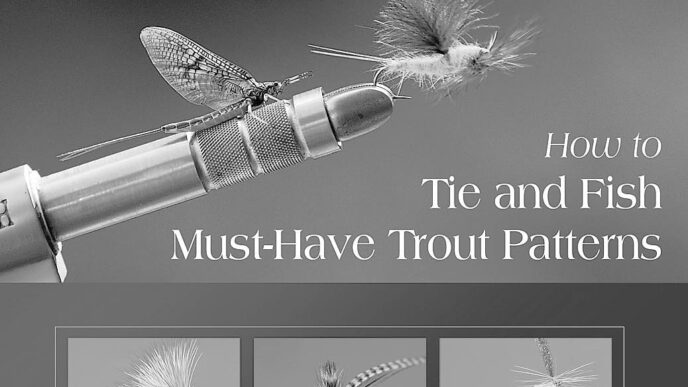Vince Wilcox’s Naturally Artificial Signature Flies: Learn to Tie the Best-Selling, Most Effective Patterns
By Vincent Wilcox. Published by Lyons Press, 2012; $29.95 spiralbound.
Vince Wilcox is a traditionalist. He makes abundant use of UV Ice Dub, fuscia holographic tinsel, Micro and Midge Tubing for fly bodies, rubber legs, multicolored fluorescent Hi-Vis wing posts, blue wire, a cautery tool most often used by dermatologists, and pretty much any processed petrochemical product that he thinks will work, only occasionally relying upon old-fashioned natural materials such as marabou and rooster hackle. But he is a traditionalist nonetheless.
Mary Dette once told me that “a good fly is one that’s tied with proper proportions and doesn’t come apart when you fish it.” Although in their materials and even in their shapes (many are tied on curved, scud-type hooks), Wilcox’s flies bear only a faint resemblance to the creations of Mary’s parents, Walt and Winnie Dette, or those of Harry and Elsie Darbee, or those of Theodore Gordon and Rube Cross before them, he is carrying on the tradition of innovation that all these fly-tying pioneers established — the tradition of using whatever materials are available to create flies that anglers will buy because the patterns actually catch fish. Flies that meet this standard indeed have the proper proportions and don’t come apart when you fish them. Gordon, Cross, the Dettes, and the Darbees used what they could find (or create, in the case of breeding chickens for genetic dry-fly hackle) to implement their vision of what might be an effective fly that other anglers might want to buy, and Wilcox does the same.
Hence the subtitle — The Best-Selling, Most Effective Patterns. Wilcox is a “Signature” tyer for Idlywilde Flies (hence that term in the title), and part of the claim he makes for his flies is that they sell and that they sell because they work. Indeed, as he says, he started offering some of his creations with blue bodies, despite his own skepticism, because they work and because his customers wanted them. That entrepreneurialism, too, is part of the American fly-tying tradition.
Wilcox has a shop in his native Adirondacks, in northern New York, not far from the shop, now closed, of another tying innovator who used what was available (snowshoe rabbit’s foot and deer hair) to create flies that would work and that would sell — the late Fran Betters, creator of The Usual and the Haystack. But Wilcox came of age as an angler and a tyer in the Rocky Mountain West, where fly fishers appreciate both the glory that is geese (for biot bodies) and the grandeur that is foam (the Chernobyl Ant and its descendants). So he comes by his penchant for using processed petrochemical materials from yet another tying “tradition,” if it can be called that. All flies are supposed to be artificially natural, in some way, but with the materials Wilcox uses, he reverses the emphasis. They are, naturally, artificial. Hence the rest of the title.
That means being suggestive, rather than imitative. In fact, one of the notable things about his creations is that many of his subsurface flies and his dries are designed to work in several different hatch situations. Of his J. C. Special, which has a shuck of Diamond Braid, an abdomen of Midge or Micro Tubing, a parachute post of mixed fluorescent chartreuse, orange, and pink HiVis material, an underwing of pearl Krystal Flash, speckled centipede rubber legs, a thorax of UV Ice Dub, and, finally, a wing of elk hair and natural dry-fly hackle, all on a curved-shank hook, Wilcox writes that it “can cover caddis, mayflies, stoneflies, and terrestrials with ease, and so I fish a J. C. Special throughout the season and regardless of hatch activity I simply adjust the size and color for the activity in a given area,” “matching” the hatch with something that could be taken to be any number of different critters, depending on size and color.
A lot of Wilcox’s creations are striking, and not just because they are blue and fuscia, like his Superman, with its blue wire body, blue tubing for legs, and fuscia-red wing (or cape — and with it, what else was he going to call the fly?), which “was originally created as a mayfly attractor,” but that also works “during stone and caddis hatches, as well.” Many, such as his Micro Mayfly dry, a Blue-Winged Olive or Pale Morning Dun imitation with an extended body made of cauterized tiny tubing with Microfibbets inserted in it and a clear plastic wing that can be left erect for a dun or tweaked flat for a spinner, not only look like obvious fish catchers, but have the palm-to-the forehead, “Why didn’t I think of that?” quality of simplicity in innovation that stretches back from the invention of Velcro to the discovery of the wheel.
Then there’s the Dingle-Berry, cravenly marketed by Idlywilde under the name of the “Hanging Chad,” which transforms the design of the articulated nymph into a dry-fly–emerger/cripple combination, a further development of the J. C. Special, with a trailing nymph body added, attached with a loop of 20-pound fly-line backing. A lot of the flies presented here tend to follow a logical progression of development in this way, and the book is also structured to present patterns for the simplest to the most complex, as a way to introduce novice tyers to new and more difficult techniques. Like many interesting tyers, Wilcox has thoroughly thought out his use of materials and techniques, and the result forms a systematic approach to tying and fishing.
Some of Wilcox’s flies are striking because they are flat-out ugly, and that includes his Bunny Bugger, with its holographic cactus chenille, rubber hackle, and red UV Ice Dub, which, however, no doubt looks really enticing in the water. It also includes most of his terrestrial imitations, which push the Rocky Mountain tradition of foam-bodied flies to greater heights or depths, depending on how you feel about big foam flies. His VW Hopper is designed to emphasize three prominent features of the grasshopper, its rear legs, compound eyes, and wings, and it looks sort of like a cartoon grasshopper drawn by someone in the middle of a really bad acid trip. But even if you don’t want to follow Wilcox all the way in working out the possibilities of foam-bodied flies, he has developed useful techniques for tying far less radical creations, such as doubling back the foam at the head of beetle imitations to create more floatation.
Wilcox begins by stating that “creating effective, durable flies should be the goal of every fly designer” and that “in this book I’ve tried to demonstrate how to reach that goal through the combination of natural and synthetic materials.” It’s actually his emphasis on synthetic materials that places him squarely in the tradition of innovation in American fly tying. I don’t doubt that the Dettes and the Darbees would initially be taken aback by the sight of some of Wilcox’s flies, but they would recognize both the effort and the intention that has led Wilcox to write: “After years of experimentation, of trial and error both at the bench and on the stream, these are the patterns I’ve found to work best. And they’ve been tied in the most effective way I know, using a combination of materials. Whether using feathers or fur, foam or flash, I like whatever it takes to do the job.”
Bud Bynack
Where the Trout Sing and Other San Francisco Stories
By Art Dollosso. Published by Sonoma Small Press, 2012; $24.95 hardbound. Available for the time being only from Adams Angling, 1170 Keeler Avenue, Berkeley, California, 94708, (510) 849-1324.
Memoirs can be slippery things, resting as they do somewhere on a spectrum that ranges from fact to fiction, though given the nature of memory, usually closer to the latter. So rather than asking whether a writer, multiple years after an event, recalled it exactly or remembered what people actually said or did with complete accuracy, we should probably ask what the writer wants us to understand as he blends history with nostalgia, reality with selective memory.
Art Dollosso’s memoir, Where the Trout Sing and Other San Francisco Stories, is a deliciously offbeat series of short reflections on growing up, besotted by fishing, in mid-twentieth-century San Francisco. That was well before the city became the politically correct punch line of conservative politicians’ speeches, but still a period when, measured against the glitz of Los Angeles or the stolid piety of the Central Valley, San Francisco nonetheless reveled in a well-deserved reputation for nurturing the eccentric. Dollosso, a sly lunk of a guy, an angler, an ex–altar boy, Boy Scout, award-winning winemaker, and for a time, police chief of Colma, a city just to the south of San Francisco that has more gravestones than mailboxes, creates a persona with a legitimate claim to a place among San Francisco’s literary characters.
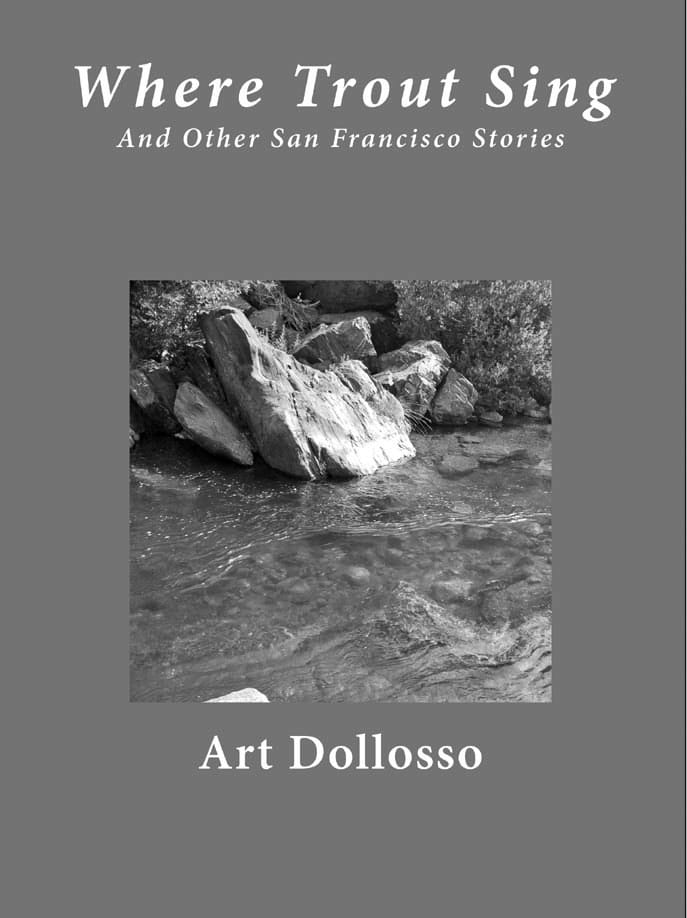
Narrated in the third person, the “he” of Dollosso’s tales grows up in a mostly Italian immigrant neighborhood near where Candlestick Park now stands. He fishes the Bay’s tide pools and shorelines with the sort of back-pocket tackle many of us remember treasuring, stocks a local urban lake with fish liberated from the city aquarium, and has a supporting cast of Italian-American relatives and mentors who fish and hunt for both sport and the table and grow their own produce. He vacations as a Boy Scout at Camp Royaneh on Austin Creek, or “up the river,” when that could only mean the Russian, gets dumped by a prom date, enjoys the fruit of the grape a bit too frequently, fails and succeeds at love and fishing, and finds solace and redemption in California’s challenging waters. What’s not to like?
Where the Trout Sing is an angler’s tale, rather than an angling tale, and indeed, I can’t recall one instance in its more than forty chapters when “he” catches a fish. What Dollosso does catch is the essence of a place, of a time when California had a quarter of its present population, when San Francisco was still a city of middle-class families, and when being a kid there didn’t involve a total disconnect from rural life. There’s nostalgia here aplenty, but it never becomes maudlin. And if Dollosso seems more optimistic about restoring runs of salmon and steelhead than the data warrant or moves a bit too abruptly from humorous recollection to pure fantasy on occasion, he’s still got most of the game figured out. For those of us who shared some version of Dollosso’s experiences, whether in San Francisco or somewhere else, Where the Trout Sing is a call to remember. For those who didn’t, it’s a book that will help you understand what you missed.
Larry Kenney




